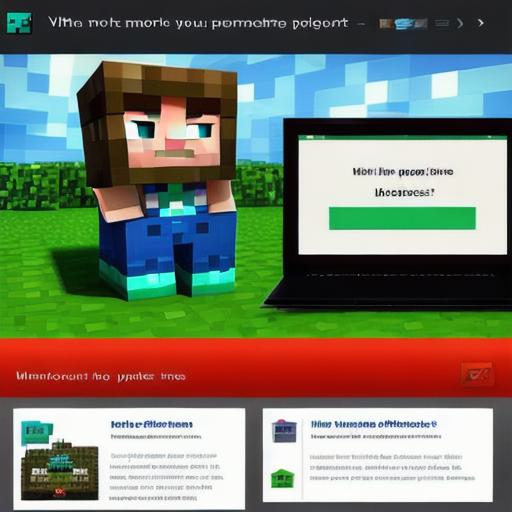As a game developer, you have poured countless hours and resources into creating an innovative and engaging game. However, before releasing it to the public, you need to ensure that your project has the potential to succeed. This is where validation comes in – the process of determining whether your game concept has the market demand and user interest required for success.

In this article, we will explore the key steps involved in validating your game development project effectively and how to use SEO to optimize your content for search engines. By following these tips, you can increase your chances of attracting traffic and generating buzz around your project.
Step 1: Define Your Target Audience
The first step in validating your game development project is to define your target audience. Who are the people most likely to be interested in your game? Understanding your target audience will help you tailor your marketing efforts and create content that resonates with them. To do this, you can use tools like Google Analytics or social media analytics to identify your audience’s age, gender, interests, and online behavior.
Step 2: Conduct Market Research
Once you have defined your target audience, the next step is to conduct market research to determine whether there is a demand for games similar to yours. This can involve analyzing competitor offerings, conducting surveys or focus groups, or using tools like Google Trends to see how often people are searching for related keywords. By gathering this information, you can assess the potential of your game concept and make informed decisions about whether to proceed with development.
Step 3: Create a Minimum Viable Product (MVP)
Creating an MVP is an essential part of validating your game development project. An MVP is a basic version of your game that you can release to a small group of users and gather feedback on. This feedback can help you identify areas for improvement and make changes before investing more resources into the project. By creating an MVP, you can also test the market demand for your game concept and gain valuable insights into user behavior and preferences.
Step 4: Optimize Your Content for SEO
To attract traffic to your website or blog, you need to optimize your content for search engines using relevant keywords and phrases. This can involve using tools like Google Keyword Planner to identify popular search terms related to your game concept, including long-tail keywords that are less competitive but may still be relevant to your target audience. By incorporating these keywords into your content, you can increase your visibility on search engine results pages and attract more users to your website or blog.
Step 5: Leverage Social Media to Promote Your Project
Social media is a powerful tool for promoting your game development project and reaching your target audience. By creating engaging content and leveraging social media platforms like Facebook, Twitter, and Instagram, you can build a community of potential users who are interested in your game concept. You can also use paid advertising on social media to reach a wider audience and drive more traffic to your website or blog.
Step 6: Monitor Your Analytics and Adjust Your Strategy
To ensure the success of your game development project, you need to monitor your analytics regularly and adjust your strategy as needed. This can involve tracking metrics like pageviews, bounce rates, click-through rates, and conversion rates to see what’s working and what’s not. By making data-driven decisions, you can optimize your content, advertising, and social media strategies to improve your chances of success.
Case Study: Minecraft
Minecraft is a great example of how effective validation can lead to the success of a game development project. In 2009, Markus Persson released a basic version of Minecraft as an MVP to a small group of users. Based on the feedback he received, he made changes to the game and continued to iterate until it was ready for release in 2011. By validating his game concept through user feedback and market research, Markus was able to create a game that resonated with his target audience and has since become one of the most popular games of all time.
